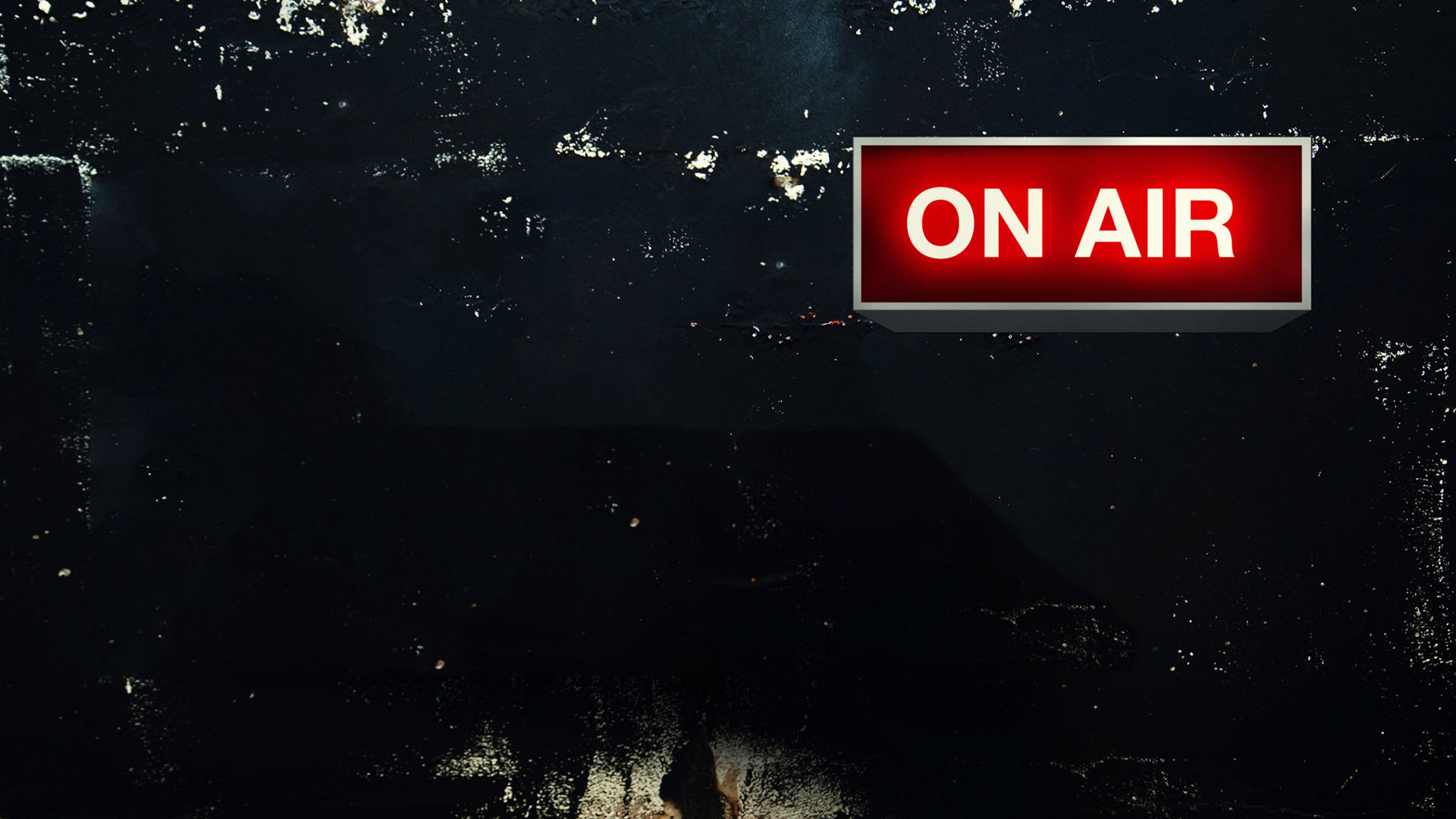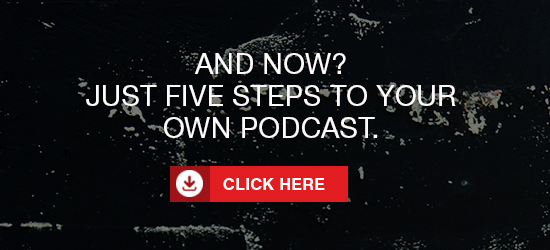
Schindler Parent > Blog > Using podcasts for brand communication
People used to say: they just don't want to listen. But that has changed. Podcasts have established themselves as a mass medium in society. And they are suitable for every topic. On the providers' portals, tens of thousands of formats from every genre are available for immediate playback and download. Podcasts are also available from and for companies. Even in the B2B sector.
In the past everything was better. Well not quite, but at least many things were different. Before the written word began its unstoppable triumphant march, knowledge was conveyed orally, often in bound language, to increase memorability. Memory verses for pre-school children still reflect this in a very attenuated form. However, today's world is very complex. Messages usually want to be perceived not only in the here and now by those present in a locally limited communication situation. They want to be perceived everywhere, anytime, and by as many addressees as possible. Printed or digitally prepared communication in words, pictures, or even moving images was unbeatable in this respect. And it still is - or more precisely: it still would be, if it weren't for the podcast that helped to revive orality.
Now, wait a moment. Podcast? Revival? Podcasts have been around for what feels like an eternity. The format was proposed as early as 2000 by the American publicist Tristan Louis, later modified by the software developer, author and entrepreneur Dave Winter and pushed as "audio blogging" by the former MTV presenter Adam Curry. Ben Hammersley finally chose a name for it in 2004 by forming the portmanteau "podcast" from iPod and broadcasting. To put it simply, podcasts are radio programmes that anyone can listen to whenever they want, regardless of the broadcasting time or radio station, if they have the necessary terminal device at hand. In the car, on the way to work, just before falling asleep. Simply, whenever.
Moreover, podcasts are no longer just recorded radio programmes, interviews, or reports. It is no longer just radio and television stations that offer audio and video files as podcasts; the online editorial teams of the vast majority of daily and weekly newspapers have also long had their own podcast offerings. Because they too have noticed that their readers have less and less time to read long articles, even if they are as short as they are on the internet. And because for many people, videos also tie up too much attention for too long (because they take up both the eye and the ear). In contrast, audio alone only needs one ear, so that you can keep an eye on the traffic and everything else at the same time.
And this is where podcasts start to become very interesting for companies and their corporate communication. Because ultimately, all content can also be conveyed in an exciting auditory way. A picture is worth a thousand words, but if you have no eyes for the picture, your ears can still be open to the message. Also, and especially in the B2B sector. Podcasts can be used to create reports on product developments, application examples, and groundbreaking innovations – In different lengths, with variable depth of information, with one or more speakers, combined with interviews with those involved in the process. This is the ideal way to provide customers, business partners, or buyers with preliminary information and to build trust before any initial contact was made.
The advantage of podcasts over image, corporate, or product films is that employees involved usually cannot deny that they are camera shy. Recordings of conversations, as they are possible in podcasts, on the other hand, convey a high degree of authenticity. Placed on the website or precisely on the corresponding platforms, these podcasts target the right audience. The link to them can also be sent by e-mail to new contacts in advance. For example, when potential new customers request documents that they sometimes do not even read. Does a company have to produce its own podcast right away? No one must, everyone can. But why shouldn't a company have its own podcast portfolio in addition to its own YouTube channel? Especially when customers prefer to listen rather than watch.
But the decisive point is: podcasts offer another option for using them for corporate communication. For example, in the form of pre-stream ads that are played before podcasts. Just in time for dmexco, the audio marketer RMS presented an ad server-based solution that ensures the broadcast of pre-stream ads before podcasts, regardless of whether they are streamed or downloaded. This ensures communication advertising even when the podcast is downloaded. Sound good? Then why not give it a go? And if you have any questions about it, just get in touch with us. We can talk about anything – without putting it on the internet as a podcast straight away.
There are good podcasts and those that can be made better. It's like with all communication measures: Preparation matters. But if you follow the five steps outlined in our free article, you will learn how to

For more information, please contact:
Christoph Siwek
Creative Consulting / Group Head Text
christoph.siwek@schindlerparent.de